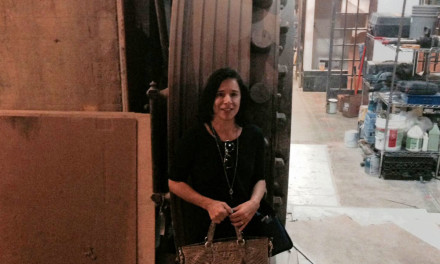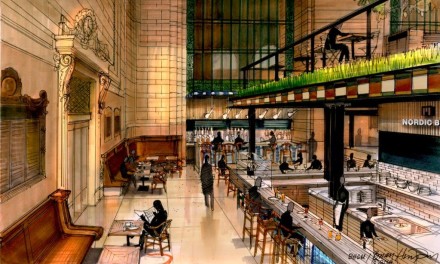“Food is to eat. Not to Tweet.”
My 10-year-old son utters this phrase every single time we enter a restaurant that serves Instagram- and Twitter-worthy meals. All this time I thought my kid was just being a precious pipsqueak, but it turns out that maybe he’s right.
Yesterday, I read a Distractify post that will make you think twice about eating through the social lens.
The piece highlights a restaurateur’s eye-opening analysis of their customers behavior “before” and “after” social media. The person’s conclusion: The proliferation of food porn is slowing down service and even causing minor accidents in crowded eateries.
Due to customers use of Wi-Fi, social networks and smartphone cameras, the average meal this year takes 1:55 minutes vs. 1:05 minutes a decade prior.
TWITTER: Join Barb on Twitter (unless you’re in a restaurant!)
Twitter friend and marketer Ken Herron – who had Tweeted the link to the article – had the same reaction when he read the story, he told me during a phone call.
“My mouth was hanging open,” Herron said. “If you had the opportunity to advise a restaurant (on how to react), what the heck would you do? Customer behavior has changed so dramatically! This is impacting your (the restaurant’s) reputation, your efficiency and – quite honestly – your bottom line.”
Here’s a rundown of the article…
The analysis comes from someone who said their busy New York City restaurant was getting bad reviews for slow service. (The restaurateur’s original post has since been removed from Craigslist; the Distractify post has been shared more than 726,480 times according to my check at about 3 pm EST.) To get at the root of the complaints, the restaurateur examined video footage taken inside the restaurant on July 3, 2014 and on July 1, 2004.
Findings from the restaurateur’s analysis of 45 customer transactions today – in 2014, according to the article:
- 16% asked waiters to come to the table right away, showing them something on the phone and spending an average of five minutes of the waiter’s time; some guests had asked the waiters to help them with the Wi-Fi connection
- 58% spent an average of three minutes snapping pictures of their food
- 32% took photographs of each other with the food in front of them or as they ate, adding an average of four minutes to the meal
- 20% sent their food back to be reheated
- 60% asked their waiter to take a group photo, with many asking for a re-take
- Reviewing photos added another five minutes to the meal
- 18% bumped into other people as they were walking in or out while texting
- So, ultimately, do the above findings tell a completely negative story?
For customers, maybe. If I’m a non-Tweeter or a non-Instagrammer, I’ll pay the price of everyone else’s social networking.
But what if I’m the restaurateur?
“Take a deep breath,” Herron advises them. “The customer is always right, and now the customer has changed their behavior. So consider what the marketing value is of the thousands of Instagram photos of your food, thousands of Swarm check-ins and thousands of Tweets.”
Readers: What would you say if you’re the consumer or the restaurant owner?




